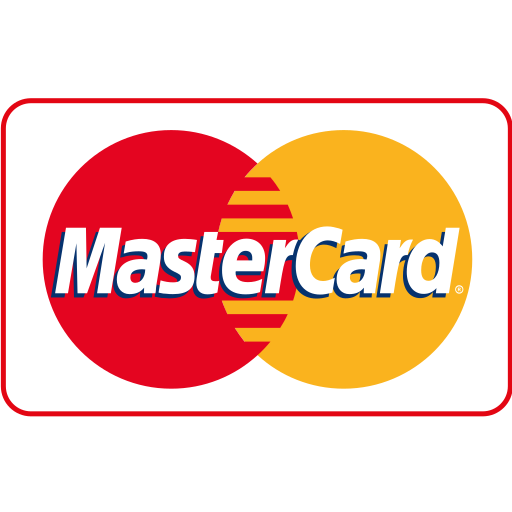Diffusion models and prompt engineering represent two advanced techniques in generative AI that significantly enhance the quality, control, and applicability of AI-generated content.
Diffusion Models in Generative AI
Diffusion models are a class of generative models that create data (such as images) by iteratively refining random noise into a coherent output. They work by simulating a gradual denoising process that reverses a diffusion (noise-adding) process applied during training. This approach has become a state-of-the-art method for high-quality image generation.
- Stable Diffusion is a leading example of diffusion models widely used in 2025 for generating detailed and photorealistic images from text prompts.
- These models allow fine control over the generation process through hyperparameters like strength, guidance scale, and inference steps, enabling users to balance creativity and fidelity.
- Diffusion models also support advanced tasks such as in-painting (editing parts of an image) and segmentation when combined with models like Meta’s Segment Anything Model (SAM).
Prompt Engineering in Generative AI
Prompt engineering is the practice of designing and refining input prompts to guide generative AI models toward producing desired, high-quality outputs. It is crucial for maximizing the effectiveness of models like GPT-4 (text) and Stable Diffusion (images).
- Advanced prompt engineering techniques include chain of thought prompting, few-shot prompting, meta prompting, and ReAct prompting (which combines reasoning and action steps to improve accuracy and interpretability).
- For vision models like Stable Diffusion 3, prompt structure—carefully crafted text describing the desired image—directly impacts the creativity, accuracy, and quality of generated images.
- Prompt engineering also involves tuning hyperparameters and using positive/negative prompts or coordinate prompts to isolate or emphasize specific image features.
- In text-based generative AI (e.g., GPT-4), prompt engineering can improve outputs by providing context, examples, or structured instructions to the model.
Integration and Applications
- Diffusion models and prompt engineering often work together: diffusion models generate the content, while prompt engineering shapes and controls the generation process for specific tasks or creative goals.
- These techniques are applied across industries for content creation, design, coding assistance, and automated data analysis, enhancing workflows and enabling new creative possibilities.
In summary, diffusion models enable powerful, flexible generation of complex data like images through iterative denoising, while prompt engineering refines the inputs to generative AI models to produce precise, high-quality, and contextually relevant outputs. Mastery of both is key to leveraging advanced generative AI capabilities in 2025 and beyond.




















Maple Ranking offers the highest quality website traffic services in Canada. We provide a variety of traffic services for our clients, including website traffic, desktop traffic, mobile traffic, Google traffic, search traffic, eCommerce traffic, YouTube traffic, and TikTok traffic. Our website boasts a 100% customer satisfaction rate, so you can confidently purchase large amounts of SEO traffic online. For just 720 PHP per month, you can immediately increase website traffic, improve SEO performance, and boost sales!
Having trouble choosing a traffic package? Contact us, and our staff will assist you.
Free consultation